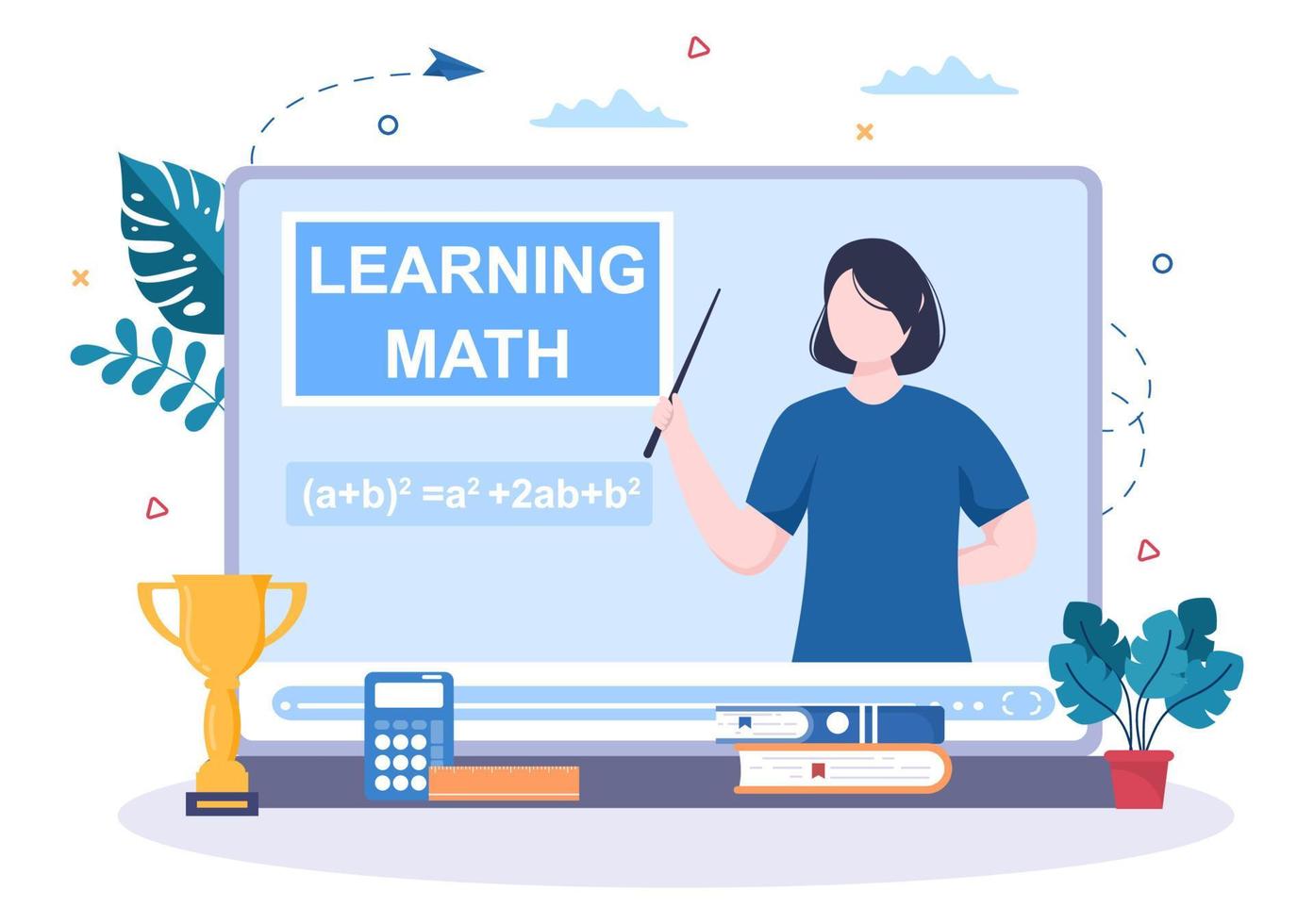All you need to know about vectors

In mathematics, vectors are objects that have both magnitude and direction. The size of the vector is determined by its magnitude. It’s represented as a line with an arrow, with the length of the line representing the vector’s magnitude and the arrow indicating the direction. It’s also called a Euclidean vector, a Geometric vector, a Spatial vector, or just “vector.”
When the magnitude and direction of two vectors are the same, they are said to be equal. It is crucial in the fields of mathematics, physics, and engineering. A vector can be added to another vector, head to tail, according to vector algebra. The sequence in which two vectors are added makes no difference because the outcome is the same. For further information, look at the laws of vector addition.
Addition, subtraction, multiplication, and transformation are the issues you must solve using vectors. You can start by learning to add and subtract two to three vectors, then on to multiplication. The most intriguing vector problem is converting a unit vector to a scalar. Vectors also support two-way multiplication, allowing you to multiply one vector with another or a scalar. There are other technical multiplications, such as the cross and dot product.
Definition of Vectors
The term “vector” refers to an item that has both magnitude and direction. The movement of an item from one point to another is described by a vector. The directed line segment is a geometric representation of vector math.
The magnitude of a vector is the length of a segment of a directed line, and the angle at which the vector is slanted is the vector’s direction. A vector’s beginning point is called “Tail,” and its finishing point (which has an arrow) is called “Head.”
A mathematical structure is specified as a vector. It has a wide range of applications in physics and geometry. We know that the ordered pair may be used to represent the position of points on the coordinate plane (x, y). In the simplification of three-dimensional geometry, the use of the vector is quite beneficial.
We’ve all heard the terms vector and scalar used together. The “real numbers” are represented by a scalar. A vector of “n” dimensions is a collection of n items called “components” that is ordered.
Vector Illustrations
All of these quantities have magnitude and direction. As a result, they must be calculated in their vector form. Furthermore, speed is a magnitude-only quantity with no direction. This is the fundamental distinction between velocity and speed.
Notation in Vectors
A vector has both magnitude and direction, as we well know.
Vector of 0
A zero vector is a vector having zero magnitudes. (0,0,0) are the coordinates of the zero vector, which is generally represented by 0 with an arrow () at the top or simply 0.
If ‘a’ is any vector, then the sum of any vector with zero vector equals the vector itself.
Note that the zero vector has no unit vector and cannot be normalized.
Vector-based operations
We learnt about the many operations we do on numbers in math class. Let’s study about vector operations including addition, subtraction, and multiplication.
Conclusion
There is a chapter that you must study if you have taken mathematics and physics in your higher education. It’s a vector, after all. To understand what a vector is, you must have a solid understanding of both primary algebra and physics. You could find studying the ideas of vectors difficult since they relate to the application of math and physics. Make sure to read over all of the ideas of vectors in your books, and then go to Cuemath online website to acquire detailed notes that will help you build an interest in the chapter and tackle difficult numerical problems.




